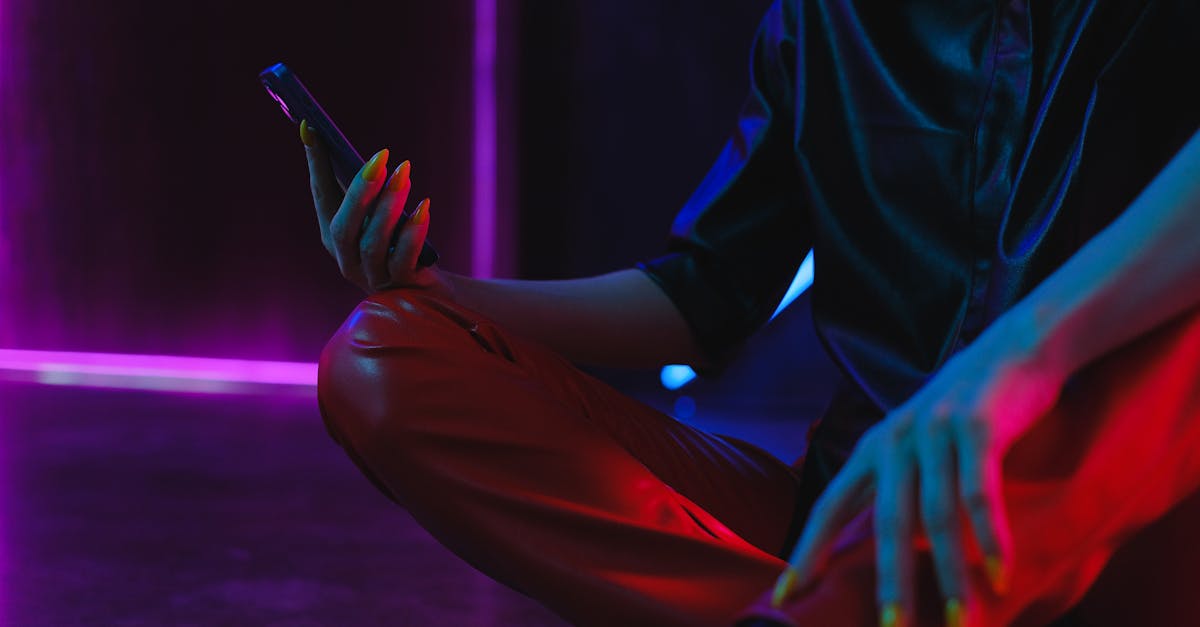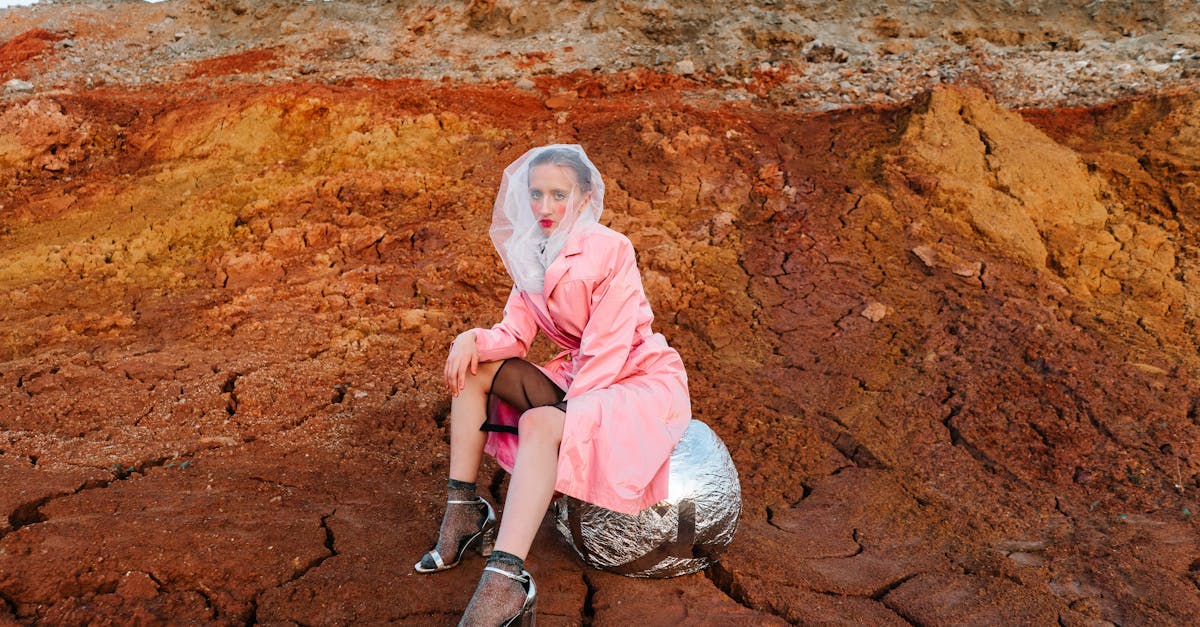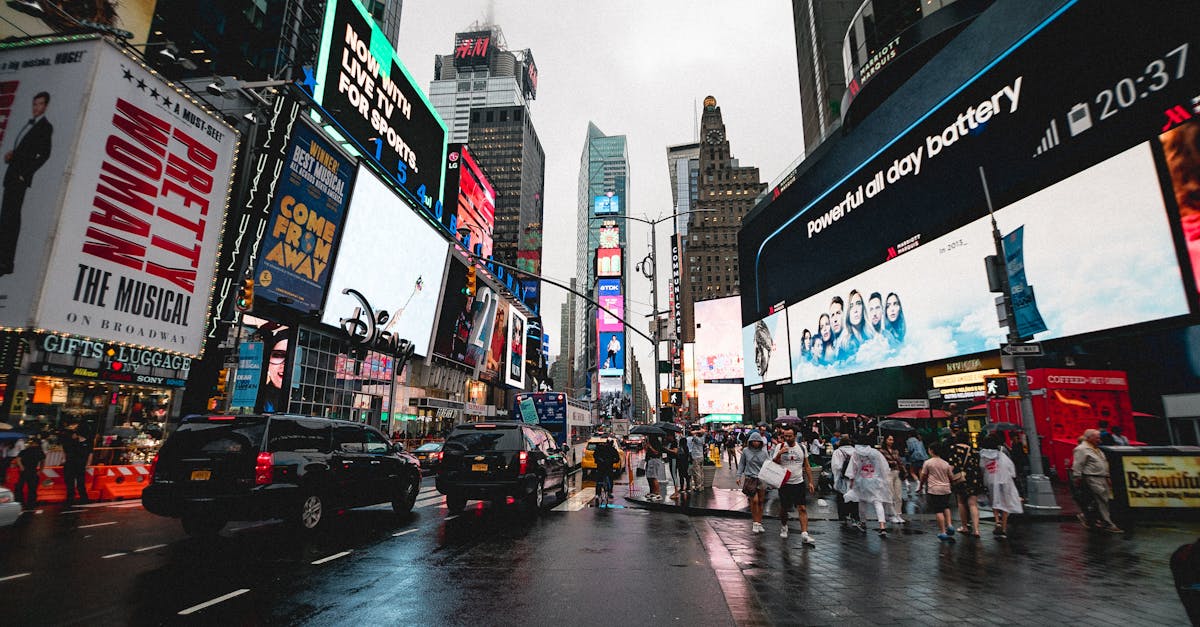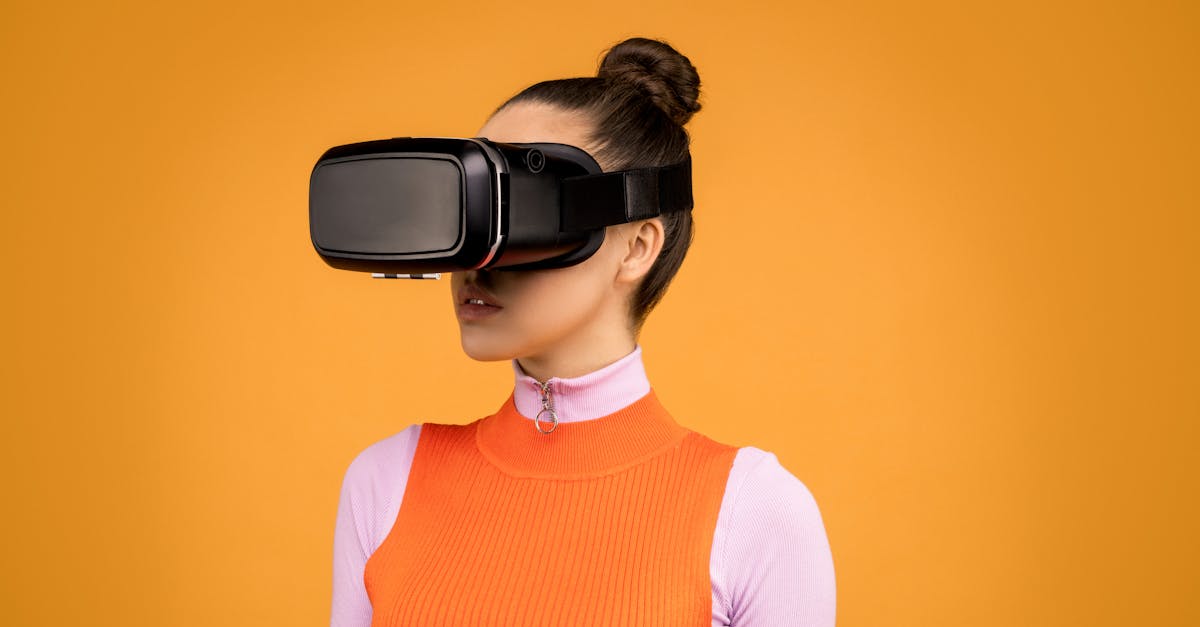Breaking New Ground In Futuristic Fashion 2025
Introduction to Futuristic Fashion 2025
By 2025, fashion has transcended the boundaries of functionality and creativity, stepping into an era defined by innovation and integration. Futuristic fashion blends technology, sustainability, and cutting-edge design, fundamentally reshaping our daily wardrobes. In this era, clothing not only adapts to our personal preferences but also interacts with our environment, creating immersive experiences. With Smart Fabrics, AI-driven design processes, and sustainable manufacturing practices, the future of fashion is both exciting and fascinating. Emerging trends are pushing the industry towards a more inclusive, responsible, and technologically adept future. This article delves into the captivating world of futuristic fashion, exploring key innovations and concepts that have begun to define 2025's unique aesthetic.
Advertisement
Smart Fabrics and Their Applications
Smart fabrics lie at the heart of futuristic fashion, offering an array of functionalities beyond aesthetics. These materials are infused with embedded sensors and microchips that monitor health metrics, environmental conditions, and fitness levels. For instance, fabrics capable of temperature regulation adjust to keep the wearer comfortable in varying climates. Additionally, digital displays integrated into clothing seamlessly stream notifications or change colors on command, further enhancing personal expression. The applications are endless, ranging from athleisure that optimizes workout performance to health garments that alert wearers of potential health issues. As smart fabrics become more prevalent, their integration into daily wear is seen as a transformative step in the evolution of fashion.
Advertisement
AI-Driven Designs Revolutionize Closets
Artificial Intelligence has begun revolutionizing fashion design, analyzing vast data sets to predict trends and consumer preferences. AI not only assists designers in creating bespoke pieces but also ensures efficiency in production, reducing waste in the process. With programs capable of generating designs that cater to diverse body types, AI promises inclusivity across the board. Virtual fitting rooms employ AI to simulate exact fits, allowing customers to make more informed purchasing decisions. Moreover, AI's role extends to supply chain management—optimizing logistics, enhancing quality control, and contributing to sustainable practices. As AI continues to evolve, its potential to shape a more eco-friendly, personalized fashion industry is boundless.
Advertisement
Sustainability Continues to Take Center Stage
The fashion industry’s future is deeply rooted in sustainability, with innovations focused on reducing environmental impact and encouraging conscious consumption. Biodegradable materials, recycled fabrics, and zero-waste designs mark a departure from traditional, environmentally-detrimental practices. Eco-friendly innovations like fabric dyes derived from plants and low-energy manufacturing techniques contribute to a more sustainable production process. Brands are increasingly adopting the circular fashion model, emphasizing the reuse and recycling of garments. By 2025, consumers keenly influence this shift, expressing growing demand for ethical, sustainable fashion products. Ultimately, these practices symbolize the industry's commitment to preserving our planet while fostering creativity.
Advertisement
Wearable Technology Redefines Interactivity
Wearable technology bridges the gap between fashion and function, transforming clothing into multi-functional devices. These innovations enhance daily life, allowing wearers to access information and services without reliance on traditional devices. Fitness wearables track activity levels, sleep quality, and caloric intake, promoting healthier lifestyles. Clothing equipped with solar panels now offers convenient charging solutions for smartphones and other gadgets. Moreover, augmented reality features integrate seamlessly into eyewear, providing interactive and immersive experiences. The future of fashion envisions a world where wearable technology is not just a trend but a fully integrated part of our lives—with the potential to redefine how we interact with the world around us.
Advertisement
Digital Fashion and the Metaverse
As virtual reality and digital landscapes expand, digital fashion emerges as a burgeoning segment, offering endless possibilities for self-expression. Designers now create clothing exclusive to digital platforms, allowing users to adorn their avatars with high-fashion pieces. These digital garments present minimal environmental impact, offering an alternative method of fashion consumption. The rise of the metaverse enables users to participate in virtual runway shows and shop in immersive digital boutiques. As the concept of virtual ownership gains traction, NFTs become a valuable component of digital wardrobes. By 2025, bridging the gap between digital and physical fashion experiences is a priority, encouraging collaboration between tech developers and designers.
Advertisement
Innovative Collaborations Shape Creative Landscapes
Collaborations between fashion designers, tech companies, and other industries spur creativity, pushing the boundaries of what's possible. When leading brands marry style with innovation, they craft groundbreaking collections that appeal to tech-savvy consumers. Partnerships between fashion houses and tech giants yield smart fabrics, wearable tech, and sustainable solutions that define futuristic trends. These collaborations extend to environmental organizations, focusing efforts on creating eco-friendly practices that uphold ethical standards. Creative alliances between interdisciplinary teams continue to fuel fashion’s evolution, highlighting the industry's adaptive potential in a rapidly changing world.
Advertisement
Enhanced Consumer Experience with Virtual and Augmented Reality
Virtual and augmented reality technologies transform the consumer shopping experience, adding a new dimension to how fashion is marketed and consumed. Not only do these technologies offer immersive virtual try-ons, but they enable consumers to walk through virtual storefronts, enhancing the shopping process. Shoppers instantly transform their digital environments and see how garments fit and flow in real-time. As brands invest in AR and VR showrooms and interactive campaigns, the digitization of fashion adds elements of entertainment, engaging customers on a novel level. Ultimately, these advancements pave the way for more personalized and engaging consumer experiences, allowing for an innovative interaction with fashion that’s unlike any other.
Advertisement
Challenges and Considerations in Futuristic Fashion
Despite the promise of futuristic fashion, challenges persist as designers balance innovation with functionality and sustainability. The high cost of smart materials can deter widespread adoption, while privacy concerns arise from embedded sensors in clothing. Furthermore, the rapid pace of technological progress leads to potential obsolescence of certain innovations. Designers must navigate these challenges while preserving the art and heritage of fashion. Industry stakeholders are tasked with ensuring ethical manufacturing practices and combating environmental damage. As the sector continues to push boundaries, ongoing dialogue about these considerations is crucial for the development of responsible, cutting-edge fashion.
Advertisement
The Future Beckons with Unbound Creativity
In 2025, the melding of technology, sustainability, and creativity in fashion signifies a thrilling future with limitless possibilities. As functionality and innovation drive the industry forward, the potential for growth and transformation remains boundless. Exciting advancements continue to emerge, fueled by collaborations and the adoption of sustainable practices that look to preserve our world. With designers and consumers alike embracing a future where technology elevates aesthetic and functional potential, the world of fashion is poised for exciting developments. As 2025 unfolds, a new era breaks ground, promising to redefine how we perceive, create, and consume fashion.
Advertisement





